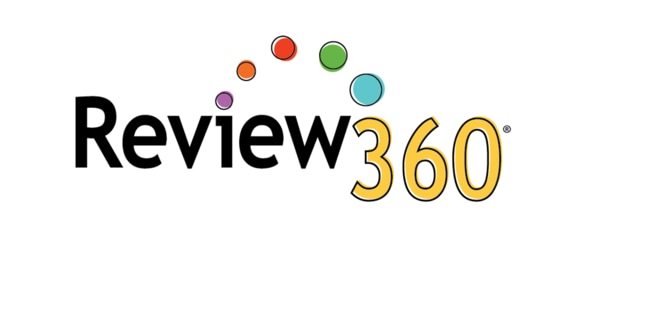Review360® is a platform that supports the implementation of a systematic MTSS process for problem-solving, data-based decision-making, and equitable practice. In addition, the platform supports the further development of teachers’ professional skills and enhances communication with parents on student progress toward behavioral and social-emotional growth.

Review360
Review360
Review360® is a platform that supports the implementation of a systematic MTSS process for problem-solving, data-based decision-making, and equitable practice. In addition, the platform supports the further development of teachers’ professional skills and enhances communication with parents on student progress toward behavioral and social-emotional growth.Choose from our formats
Test forms & reports
Booklets, record forms, answer sheets, report usages & subscriptions
14 options
Training
Onsite, virtual & on-demand trainings
8 options
All products
All tests & materials offered for Review360
22 options